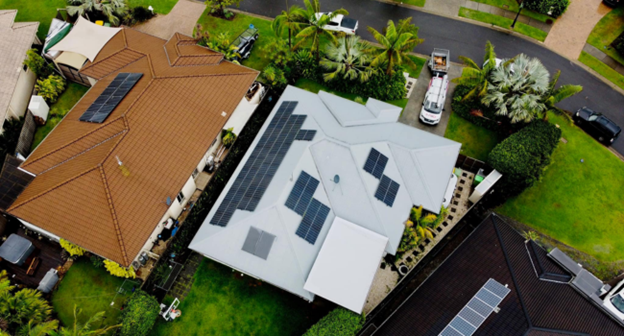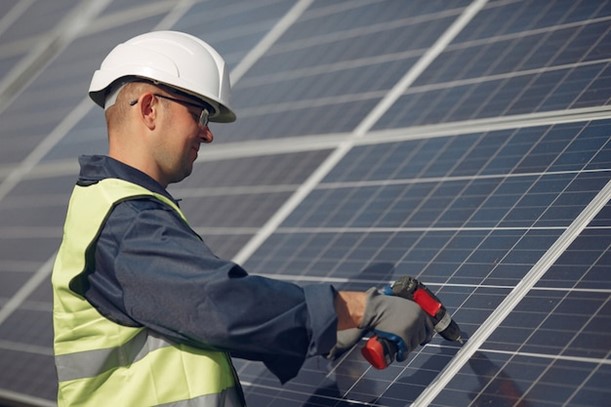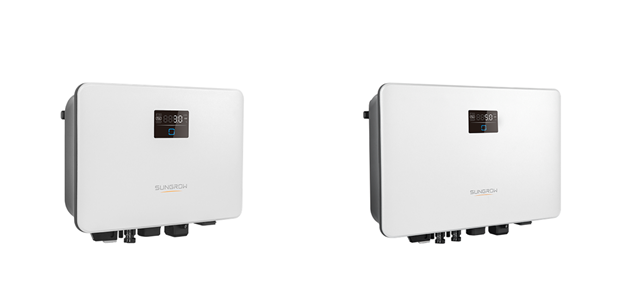Hybrid inverters combine solar inverters with backup batteries, offering a reliable energy solution for homes and businesses across Australia. They allow households and commercial properties to store sufficient solar energy generated during the day for later use, even when the sun isn't shining. By harnessing this stored solar power, hybrid systems help reduce electricity expenses while contributing to Australia's transition towards sustainable energy sources.
As Australia faces increasing climate challenges, hybrid inverter systems provide flexibility to maximize the use of renewable energy and lessen reliance on carbon-intensive utilities. While Australia has made strides in adopting solar energy, integrating battery storage into these systems offers a way to manage fluctuations in solar output and ensure consistent power supply, enhancing energy reliability for all Australians.

Benefits of Hybrid Inverters in Australia
Hybrid inverter systems provide several advantages for Australian homes and businesses opting for sustainable power. These include (but are not limited to):
1. Energy Efficiency and Cost Savings
Hybrid inverters are highly efficient. By using surplus solar power captured during the day, they minimize the energy wasted through export to the grid. This stored power can then be used in the home or business as needed. It significantly reduces overall grid usage and energy bills.
2. Integration with Solar Panels and Other Renewable Energy Sources
Hybrid inverter systems can integrate with solar PV systems. Some models can also connect to other distributed energy sources like small wind turbines. This allows you to build a diversified renewable energy mix tailored to your property.
3. Backup Power Capabilities and Grid Independence
Battery storage provides backup power during outages. This means you can rely on stored solar energy instead of noisy diesel generators. This delivers temporary independence from the grid.
4. Environmental Impact and Reduction of Carbon Footprint
Hybrid inverters reduce emissions by displacing fossil fuel-generated grid electricity, especially during peak periods. On a larger scale, these systems contribute meaningfully to Australia’s climate change efforts and goals to lower its environmental footprint over time.
Considerations for Australian Homes
When planning a solar inverter for home use, you need to weigh several factors to ensure optimal performance and savings. Key considerations include:
1. Sizing and Compatibility with Existing Solar Systems
Proper sizing is important so the batteries can reliably meet your home’s typical power needs. This involves factoring elements like solar panel capacity, household / commercial electricity usage patterns, and climate. An accurate assessment ensures compatibility with any existing solar equipment, too.
2. Installation Requirements and Potential for Government Incentives
Carefully evaluate installation requirements. Professional installation by a certified technician is vital for safety and warranty compliance. Various state and federal programs are in place to offset installation costs—The federal government's Small-scale Renewable Energy Scheme (SRES) provides small-scale technology certificates (STCs) to encourage the installation of small-scale renewable energy systems. You should research available rebates and financing support to lower initial costs.

3. Monitoring and Maintenance of Hybrid Inverters
Hybrid energy systems involve multiple energy inputs that can present complex electrical problems. Monitoring and maintenance can help protect family members and property by promptly identifying potential safety hazards such as overloads, short circuits, or other electrical faults. Each state and territory in Australia has its own electrical safety regulations that require all electrical equipment and installations to meet specific safety standards. For example, the New South Wales Electrical Safety Code sets out standards and requirements for electrical work. Monitoring systems can help detect potential electrical faults or overload conditions, and regular maintenance can ensure that all components are properly installed and operating in accordance with these standards.
4. Return on Investment and Long-Term Savings
By calculating ROI, families can evaluate the profitability of this investment, the fluctuating price of energy, and energy efficiency to determine what the budget is, whether the investment is worth it, and how long it is expected to pay for itself. This helps families make informed decisions based on finances. As mentioned above, the Australian and state governments offer a variety of incentives, such as subsidies and tax breaks, to encourage households to adopt renewable energy. Considering ROI and long-term costs can help households maximize the use of these incentives and ensure that they are able to get the most financial benefit from the policy.
Applications of Hybrid Inverter Systems for Australian Businesses
Hybrid inverter systems are designed to handle the energy needs of commercial-scale operations. These systems integrate multiple energy sources, such as solar panels, wind turbines, and grid electricity, into a single, efficient setup. Detailed applications are:
A. Commercial-Scale Hybrid Inverter Solutions
Purpose-built three-phase commercial solar inverter systems integrate substantial solar arrays and battery banks to power larger facilities. Hybrid inverters can be scaled up or down to match the energy demands of the business, making them suitable for a wide range of commercial operations, from small offices to large facilities.
B. Demand-side Management and Peak Shaving
Demand-side management involves adjusting the demand for electricity on the part of the consumer to optimize the generation and distribution of electricity. By generating power on-site during peak demand periods, hybrid systems help shave the peak load on the grid, reducing the need for costly peaker plants and lowering energy costs for the business.
C. Resilience and Continuity Planning for Businesses
Reliable backup power supports continuity in operations for utilities like telecom and activities requiring uninterrupted functionality. Hybrid solar power inverter systems can power facilities even in the absence of grid electricity.
D. Case Studies of Successful Implementations in Various Industries
In Australia, the integration of hybrid solar systems has seen significant success across various industries. Two notable projects highlight the country’s commitment to sustainable energy. The New England Solar Farm and Battery Project is the country’s largest hybrid solar and battery project. It involves the construction of a 720MW solar farm coupled with a battery. [1]
Additionally, the APVI Silicon to Solar Study, supported by the Advancing Renewables Program, focuses on the solar PV supply chain, exploring manufacturing opportunities from polysilicon to wafers, cells, and modules. This initiative underscores the importance of diversified supply chains in supporting the broader solar energy industry in Australia.[2]
Sungrow’s Residential and Commercial Hybrid Inverters Cover Varied Needs
Sungrow is a premier brand in the solar industry with years of experience. Headquartered in China, the company invests heavily in R&D with a focus on innovative energy solutions. For Australian homes, Sungrow SG2.0RS-S and SG3.0/5.0RS are top choices. The manufacturer also offers robust commercial hybrid inverter systems like the SG110CX. These top-tier inverter models deliver:
High efficiencies over 98%, maximizing renewable yields
Remote monitoring and easy firmware updates via the app
Touch-free commissioning for swift installation
Strong protections and fuse-free safety
Compatibility with different module and cable types
Optimized features ensuring reliable, low-maintenance service

Conclusion
Adopting hybrid inverter systems provides Australian households and businesses with significant benefits. They help transition to renewable energy sources while lowering costs through reduced grid usage and bill savings. Integrating solar and storage optimizes returns on investments. As a sustainable option, hybrid systems also cut carbon emissions to support global climate change efforts. Sungrow offers high-quality solutions that are suitable for various applications. With prices falling and more incentives in the pipeline, switching to hybrid power is now more worthwhile than ever. Visit Sungrow’s website to find the right system for your home or business.
Reference:
[1] https://acenrenewables.com.au/project/new-england-solar/
[2] https://arena.gov.au/projects/apvi-silicon-to-solar-study/